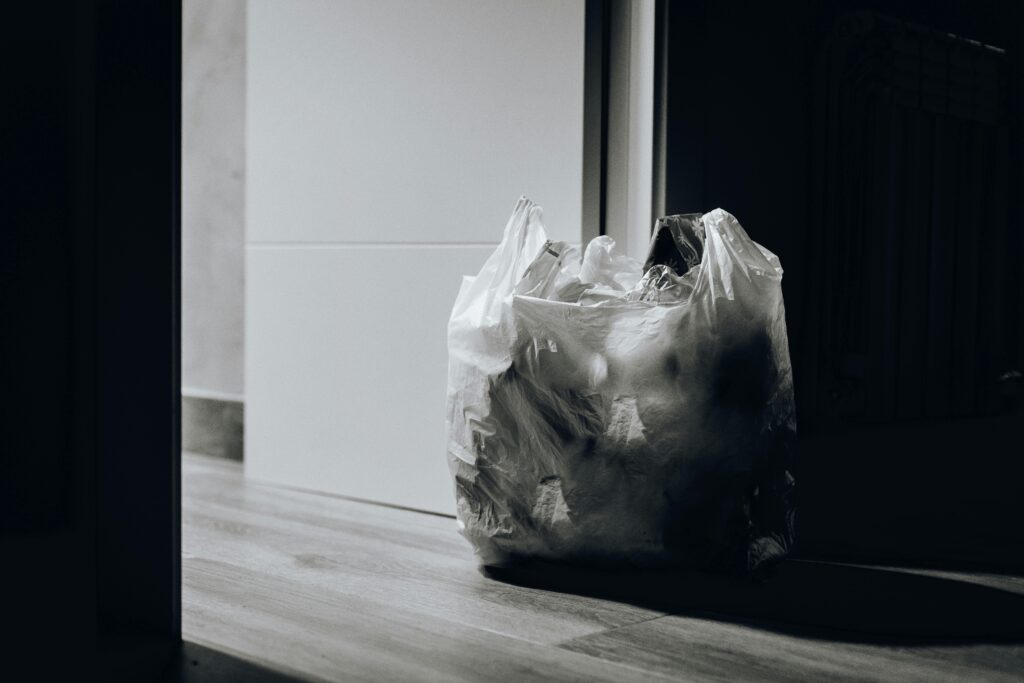You have probably come across the various terminologies of recycling more than once, but to understand them it is important to understand that: The circular economy is based on the principle of minimizing waste and maximizing resources. In this context, the terms recycle, upcycle, reuse, remanufacturing and downcycling take on specific meanings and play vital roles in creating a more sustainable system. Throughout this article, we will explore the differences between these terms, how each contributes to the circular economy and the areas in which they can be applied.
1. Recycle
Recycling refers to the process of collecting used materials and transforming them into new products. This process generally involves collecting, sorting, cleaning and processing the material to promote the creation of new products. Commonly recycled materials include paper, plastic, glass and metals.

Contribución a la economía circular
Recycling helps the circular economy in several ways:
- Waste reduction: By recycling, materials that would otherwise end up in landfills are recovered and reused.
- Resource conservation: Avoiding the need to extract and process new raw materials saves energy and reduces costs.
- Reduced pollution: By being able to reuse materials, waste and the production of new items are minimized, resulting in lower carbon emissions.
Scope of application
Recycling is used in various fields, including:
- Fashion: Recycling of textiles to create new fabrics or garments.
- Product design: Use of recycled plastics to make new objects.
- Construction: Recovery of used building materials to create new construction products.
2. Upcycle
Upcycling is the process of transforming discarded products or materials into new items of higher value or quality. Unlike traditional recycling, upcycling emphasizes creativity by reusing materials instead of reprocessing them.
Contribution to the circular economy
Upcycling encourages:
- Innovation: Promotes creativity and innovative thinking in the reuse of materials.
- Environmental awareness: Helps reduce the perception of waste, considering that even materials in despicable conditions can be transformed into something valuable.
- Added value: By increasing the value of discarded materials, upcycling generates a new consumption cycle.

Ámbitos de aplicación
Upcycling can be implemented in:
- Fashion: Transform old clothes into new garments or accessories.
- Interior design: Create unique furniture from wooden pallets or antique furniture.
- Art: Create works of art using recycled materials.
3. Reuse
Reuse is the act of using an item more than once for the same or a new function, without the need for substantial modification. This practice prolongs the life of products and avoids premature disposal.
Contribution to the circular economy
La reutilización ofrece beneficios como:
- Extending the useful life of products: By reusing, the need to purchase new items is decreased.
- Lower costs: Saving money by using what you already have instead of purchasing new products.
- Reduced carbon footprint: Avoiding the production of new items reduces resource consumption and greenhouse gas emissions.
Areas of application
Reuse is applied in several areas, such as:
- Fashion: Use of vintage or second hand clothes.
- Furniture: Reuse of old furniture instead of buying new.
- Containers: Use of bottles and containers multiple times for various functions..

4. Remanufacturing
Remanufacturing is a more industrialized process that focuses on restoring used products to like-new condition. It involves disassembling the product, cleaning, repairing and replacing defective components before reassembling it and bringing it to market.
Contribution to the circular economy
Remanufacturing contributes to the circular economy by:
- Reduce waste: Minimize the amount of discarded products by refurbishing products instead of discarding them.
- Save resources: By reintegrating reusable components.





